South and Central America week for the Global Service Advent is sponsored by Cotopaxi.
Join us as we journey to the incredible country of Colombia! During this virtual tour of Colombia for kids, we’ll enjoy fun and inspiring Colombia activities. This Colombia virtual field trip is a perfect way to explore and also serve the world right from home during this holiday season!
You can find the full list of countries for the global children’s advent right HERE. Be sure to sign up for the email list to get all the information in advance and to receive fun extras!
Don’t miss the global service opportunities, teaching moments, and giveaways with the Global Service Advent!
Get your FREE Printable Global Service Advent Coloring Calendar here!
Here’s the 2020 Global Service Advent schedule!
Here’s the Global Service Advent Printable Book List!
This Colombia virtual tour contains affiliate links, but all opinions are 100% my own. That means I earn a small commission if you purchase through my link, but doesn’t change your price.
Colombia Activities for Kids and Service Ideas
Table of Contents
SERVE AROUND THE WORLD
Featured Organization Doing Good: Escuela Nueva x Cotopaxi
In Colombia, one Cotopaxi‘s grantees, Escuela Nueva, provides adaptive education to families that equips and empowers children and reduces inequality and combats poverty. EN‘s participatory, cooperative, and personalized approach to learning nurtures an ethos of peace and participation where children, teachers, and communities are the main actors of change.
Over the last two years, Escuela Nueva has worked in over 1,260 rural remote schools in Colombia, training over 3,100 teachers and reaching over 45,400 children with high quality learning materials.
How Families Can Help in Colombia
- Consider if there’s some way you can donate or fundraise at least $1 for Escuela Nueva. Here are some ideas for either fundraising online or outdoors:
- Sell 4 cups of lemonade
- Sing a holiday song in a parking lot and collect donations
- Host a virtual Escuela Nueva fundraiser
- Teach a 10 minute kids class on Zoom (baking? LEGO building? Star Wars origami?)
- Get involved in teacher training, learning guides, and more with Escuela Nueva.
- Purchase workbooks and study guides for Escuela Nueva.
- Simple service at home: read a book to or with a family member
Supporting Individuals in Colombia
- Purchase Colombian handicrafts that preserve Colombian heritage
- Sponsor a child in Colombia
- Buy some beautiful jewelry handmade in Colombia
- Take a Colombian cooking class
COLOMBIA ACTIVITIES: LANGUAGE ARTS
Featured Colombia Book
Biblioburro: A True Story From Colombia by Jeanette Winter (Author, Illustrator)
Find it on Bookshop.org and support local bookstores.
Book Read Aloud

Biblioburro Picture Book Discussion Questions
Other Colombia Books for Kids
Languages in Colombia: Colombia Activities for Language Arts
99%+ of Colombia speaks Spanish. The remaining 1% mostly includes a variety of native languages.

COLOMBIA SOCIAL STUDIES: COLOMBIA VIRTUAL TOUR OF HISTORY & LANDMARKS
Colombia History
Basic Facts
- The capital of Colombia is Bogotá.
- Bogotá is the second largest capital city in South America, and also the 4th highest capital city in the world at an elevation of 2640 m (8661 ft).
- Until Spanish explorers arrived in 1499 and named the land “New Granada”, Colombia had three primary native peoples: Muisca Confederation, Quimbaya Civilization, and Tairona Chiefdoms.
- The official name is the “Republic of Colombia” named after the explorer Christopher Columbus. That’s also probably why many people not from Colombia mistakenly spell it “Columbia.”
- Iván Duque Márquez is the current president of Colombia.
- The currency is called the peso.
- 99%+ of Colombia speaks Spanish. The remaining 1% mostly includes a variety of native languages.
- 70% of Colombia is Catholic, and ~87.6% of Colombia is Christian. Catholicism was the official national religion until 1991.
- Colombia has a tropical climate. Because of how close it is to the equator, sometimes the seasons are changed slightly by the seasons in the nearby Northern equator.
Colombia Fun Facts
- Colombia produces more emeralds than any other country
- Football (soccer) is the most popular sport, but “Tejo” is the national sport. Teams win a game of Tejo by hurling tejos (weighted steel discs) towards a bocin (metal ring) that contains mechas stuffed with gunpowder, so they explode when hit accurately.
- Colombia’s “Cano Cristales” – or “Liquid Rainbow” – is a river that changes colors from yellow, green, blue, black and red from July-November.
- Colombia is the only South American country with a coastline touches both the Pacific Ocean and Caribbean Sea.
- Instead of believing in a tooth fairy, children in Colombia learn about a tooth mouse “Ratone Perez”
- On New Year’s Eve, Colombians often eat twelve grapes and make twelve wishes they hope come true in the new year.
- Public radio and television stations play the national anthem, ¡Oh Gloria Inmarcesible! (o unfading glory!) every day at 6am and 6pm.

Colombia History
- The indigenous Muisca, Quimbaya and Tairona lived in Colombia for thousands of years before the arrival of Spanish colonists in 1499.
- Colombia won Independence in 1819 and the “Republic of New Granada” emerged as its own nation.
- For 5 years starting in 1858, the form of Government was federalist under the “Granadine Confederation”
- In 1863, the national government became organized as the “United States of Colombia”
- In 1886, the Republic of Colombia was formed, the same system of Government which continues until today.
- The geographic and cultural diversity in Colombia has lead to diverse forms of the Spanish language and strong regional identities. In 1903, one culturally distinct region of Colombia seceded and became Panama in 1903 (this independence also came with the support of the U.S. Government, which hoped to connect the Atlantic and Pacific Oceans by digging a canal across the Isthmus of Panama).
Map of Colombia
Color in Colombia on this map of South America!
Colombia Flag Activity

Flag from HERE
HERE is a fun printable Colombian flag coloring sheet!
Colombia Virtual Tour to Featured Landmarks
Monserrate, Bogota
Monserrate is a high mountain above the nation’s capital with a beautiful 17th church on top. From the center of the valley of Bogota during the June solstice, the sun rises directly above this tall peak. For this reason, the indigienous Muisca, whose religion revered the sun God Sué, treated the mountain as Sacred. The peak was the location of a Muisca temple prior to becoming a site of Catholic religious observances in 1539.
You can take a cable car to the top, or a funicular, or climb steps up ~2,000 ft/600m of elevation, which is the preferred route of pilgrims ascending for religious reasons – some of whom crawl up on Easter’s Holy Week. Incredible views of the whole city.
Castillo San Felipe, Cartagena
Cartagena was no stranger to Pirates of the Caribbean, and was probably the most looted port in the New World at the time of Spanish occupation. In order to defend the city’s treasures, the Spanish built a fort stronger than any other across their many colonies.
In order to make it even harder to conquer, the fortress is connected by a complex series of underground tunnels that the defenders could use to escape to another safe place if one section of the fortress were to be captured. Not that it was likely to be captured: the fortress even survived an attack from a British Army of 23,000 men!
Featured Important Colombian Person: Shakira
Colombia has a rich and diverse tradition in music and dance. Shakira’s success as a “crossover” artist of many styles is decidedly Colombian. She started writing poems when she was 4 years old. She made her first record when she was only 13 years old. Even though it wasn’t successful, it gave her confidence to keep performing.
Shakira has used her fame to do good and founded the Pies Descalzos (Bare Feet) Foundation and frequently performs to raise money to create educational opportunities to help as many of Colombia’s 1,000,000 underserved students as she can. UNICEF named her a Goodwill Ambassador because of her social activism.

COLOMBIA ACTIVITIES: ARTS & CULTURE
Featured Colombian Artist: Fernando Botero
With sculptures around the world, including on New York’s Park Avenue and Paris’s Champs-Élysées, Fernando Botero is a very well known Latin American artist. You might think his style of exaggerated volume almost makes people look like marshmallows, including his very round Mona Lisa. His style is so unique, it is now simply named after him as “Boterismo.”
Botero’s dad died when he was only four years old, and his mother worked as a seamstress. He did not have a lot of money and did not go to an art museum or take art classes growing up, but he did like to draw, paint, and make art with his hands. His uncle helped him enroll in a school to become a bull-fighter, but Botero spent his extra time painting watercolors of bullfighting scenes which a ticket-salesman sold for him.
Getting Started with His Style
When he was 16 years old, his local newspaper paid him to print one of his drawings. Fernando used the money to pay for high school. He went on to study at the Academia de San Fernando in Madrid, Spain. When he first tried out exaggerating volume, he painted a Spanish guitar-like instrument called a mandolin. He painted the hole underneath the strings extra tiny, and has continued to change the sizes of things he paints ever since.
Botero has donated over 300 of his works and has used his art to speak out against the Colombian drug trade, torture and other human rights issues. In 2012, he received the International Sculpture Center’s Lifetime Achievement in Contemporary Sculpture Award.
You can see some of his work here!
Colombia Craft Activity for Kids
Ancient Colombian Goldmaking
Europeans were long fascinated with El Dorado, the lost city of gold. This led to countless explorations of the Western Hemisphere from the Grand Canyon to the mouth of the Amazon River.
The legend of El Dorado likely began in Colombia. Here, the newly elected chief of the native Muisca people would dive from a raft into Lake Guatavita (close to modern-day Bogotá) covered in gold powder and come out as the new chief. When Spaniards partially drained the lake in 1545, they found the shores covered in hundreds of small pieces of ornate gold!
You can start by reading this LESSON ON ANCIENT GOLDMAKING!
Goldmaking Activity
Next, chose your medium, or your material that you’ll use to make your own bas relief. Some examples are modeling clay (here’s our favorite inexpensive clay, play dough (or you can make your own!), or carving out of a bar of soap.
Finally, choose a gold statue from ancient colombia and create your own. The Museum of Gold has an extensive online collection at Google Arts and Culture for inspiration. Don’t forget to paint it gold at the end!
Sombrero Vueltiao
Nothing symbolizes Colombian culture more than the sombrero vueltiao! It is a type of hat that is made from a palm leaf called arrow cane by the indigenous Zenú in Cordoba. The Colombian Congress declared this hat a “symbol of the nation.” You can design and make your own out of paper!
Other Colombia Activities for Kids
COLOMBIA ACTIVITIES: MUSIC & MOVEMENT
Colombia Movement Activities
Colombian Folk Dance
Join in on some beautiful Colombian dance!

Colombian Music

SCIENCE + MATH
Cooking activity, Colombian animals
Colombian Foods
Colombia exports more Arabica coffee beans than any other country in the world. People around the world buy Colombian coffee, and Colombians don’t mind. Colombians nickname people from Colombia as “Cafeteros” – coffee growers.
Featured Colombian Food: Colombian Recipes for Kids
Arepas
Arepas are a Colombian cornmeal flatbread. They are the most common side dish for any Colombian mean. You can put butter, shredded cheese, or even more fresh corn on top of it. This simple arepa recipe just adds mozzarella
Patacones
Green plantain, which looks like a banana, is commonly smashed into a thick, fried pancake called a patacones. You can use bananas instead. For some fun, peel the bananas, put them in a zip-lock bag with the eggs to mash them all together. Once you’ve had some fun mashing, cut the corner of the zip lock bag and pour onto your griddle to make a pancake. Here’s the easy banana pancake recipe!
Cholado Colombiano
This is almost like a snow cone married a fruity milkshake. Crush ice in a blender, and put some fresh or frozen fruit and sweetened condensed milk on it. Feel free to drizzle fruit syrup on it and adorn it with coconut and a cherry on top. The full recipe is here!
Animals in Colombia
Colombia has some of the greatest biodiversity in the world. It is on a list of only 17 “megadiverse” countries! Colombia has:
- more species of birds than all of North America and Europe combined.
- the most types of orchids of any country
- the most endemic species of butterflies of any country
The condor represents Colombia. Pretty cool!

VIDEO + FURTHER LEARNING & DISCUSSION FOR COLOMBIA VIRTUAL TOUR
Kid Videos About Colombia

Colombia with Kids Discussion Questions
- Christopher Columbus did some things that were wrong. Do you think the country should still be named after him?
- What Colombian foods do you think would be interesting to try?
- Futbol (soccer) is very popular in Colombia. What sports are popular where you live?
- Colombia has a lot of different plants and animals. Tourism is also very important. What are some ways the country can balance taking care of both of those things?
- The sombrero vueltiao is iconic for representing Colombian culture. Is there an item that represents your culture to the world?
Thanks for Taking a Virtual Visit to Colombia With Us!
We’ve loved putting together this resource to virtually visit Colombia. We’d love to hear if you do any of these activities for a homeschooling Colombia unit, or if you visit in person!
We hope to inspire curiosity and connection through exploring and learning, and we hope this guide helps you and your families. Please share any activities you do with us over on our Instagram. And we’d be delighted if you passed this Colombia for kids virtual tour and homeschooling resource along to others, as well!
MORE POSTS
IF YOU LIKED THIS POST ABOUT COLOMBIA ACTIVITIES FOR KIDS, YOU MIGHT LIKE THESE POSTS TOO:
- Virtual Field Trips for Toddlers and Preschoolers
- Egypt Virtual Tour with Kids
- Our Favorite Kids Books About the World
NOT READY FOR A COLOMBIA HOMESCHOOLING UNIT QUITE YET? PIN THIS POST FOR LATER!
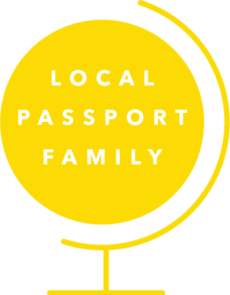
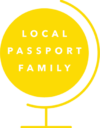
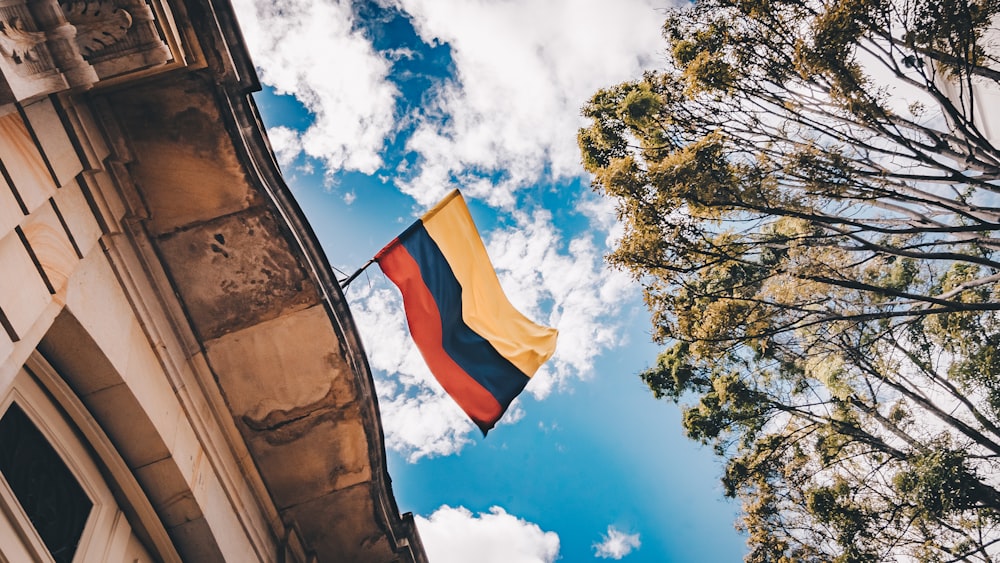
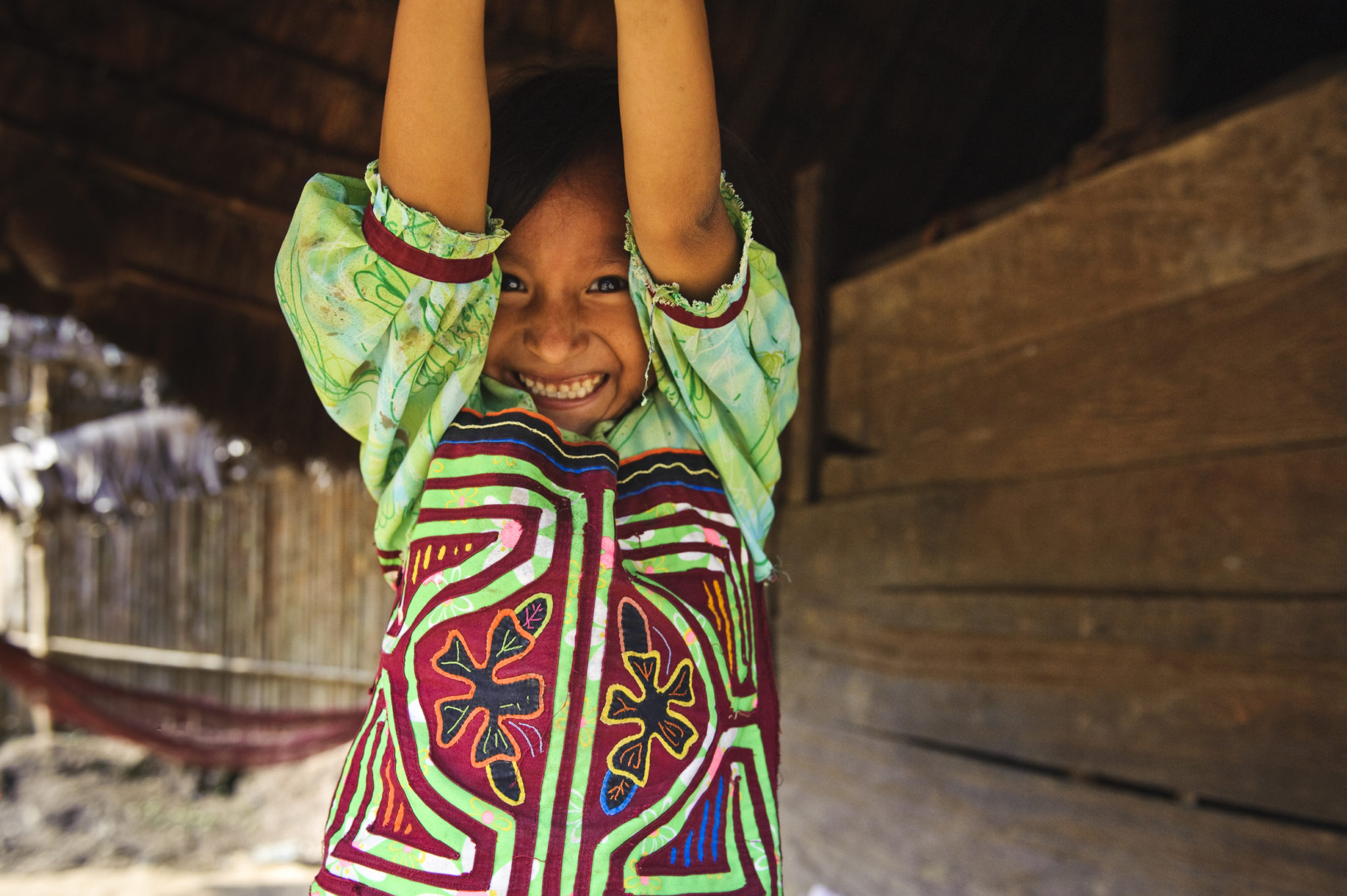
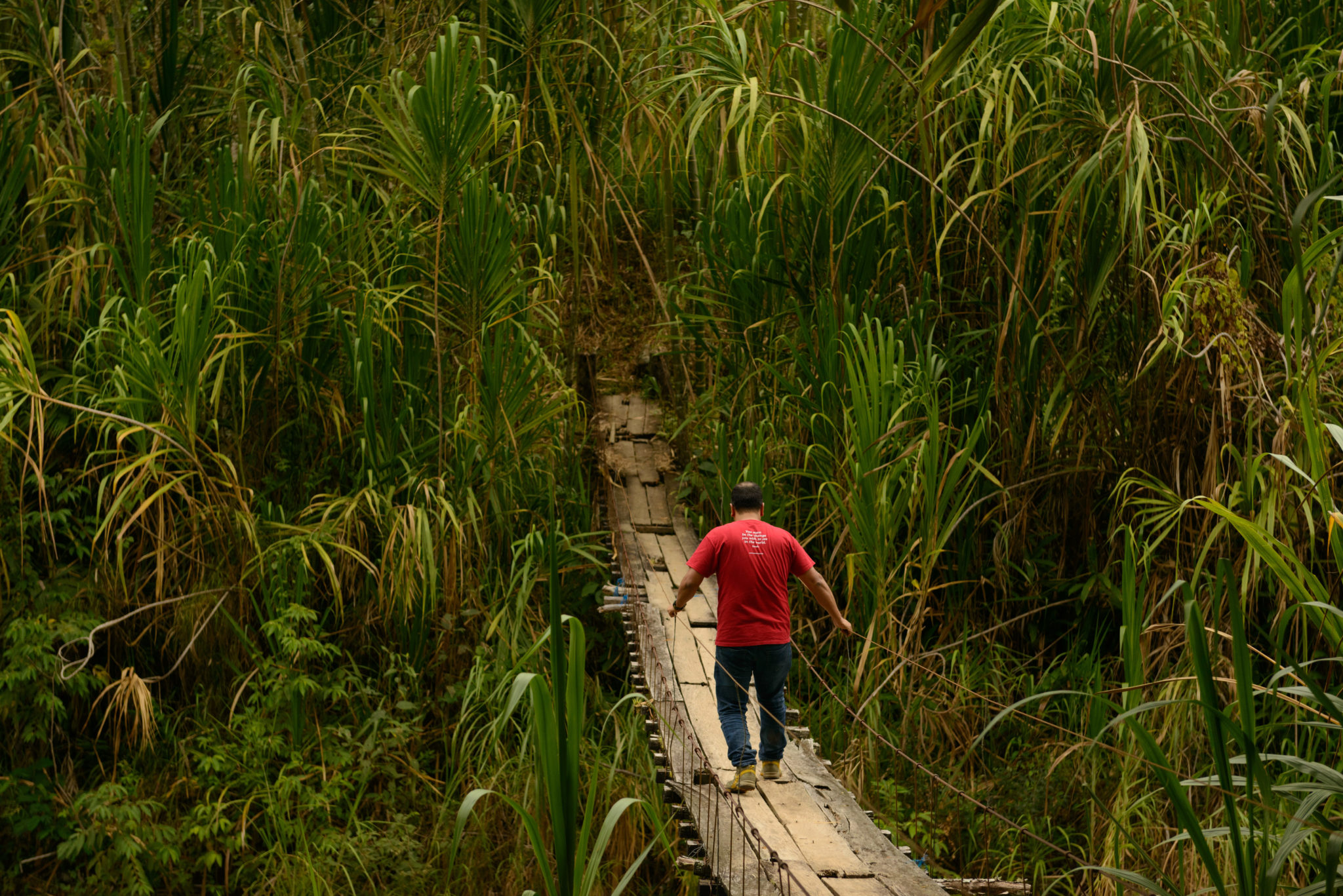


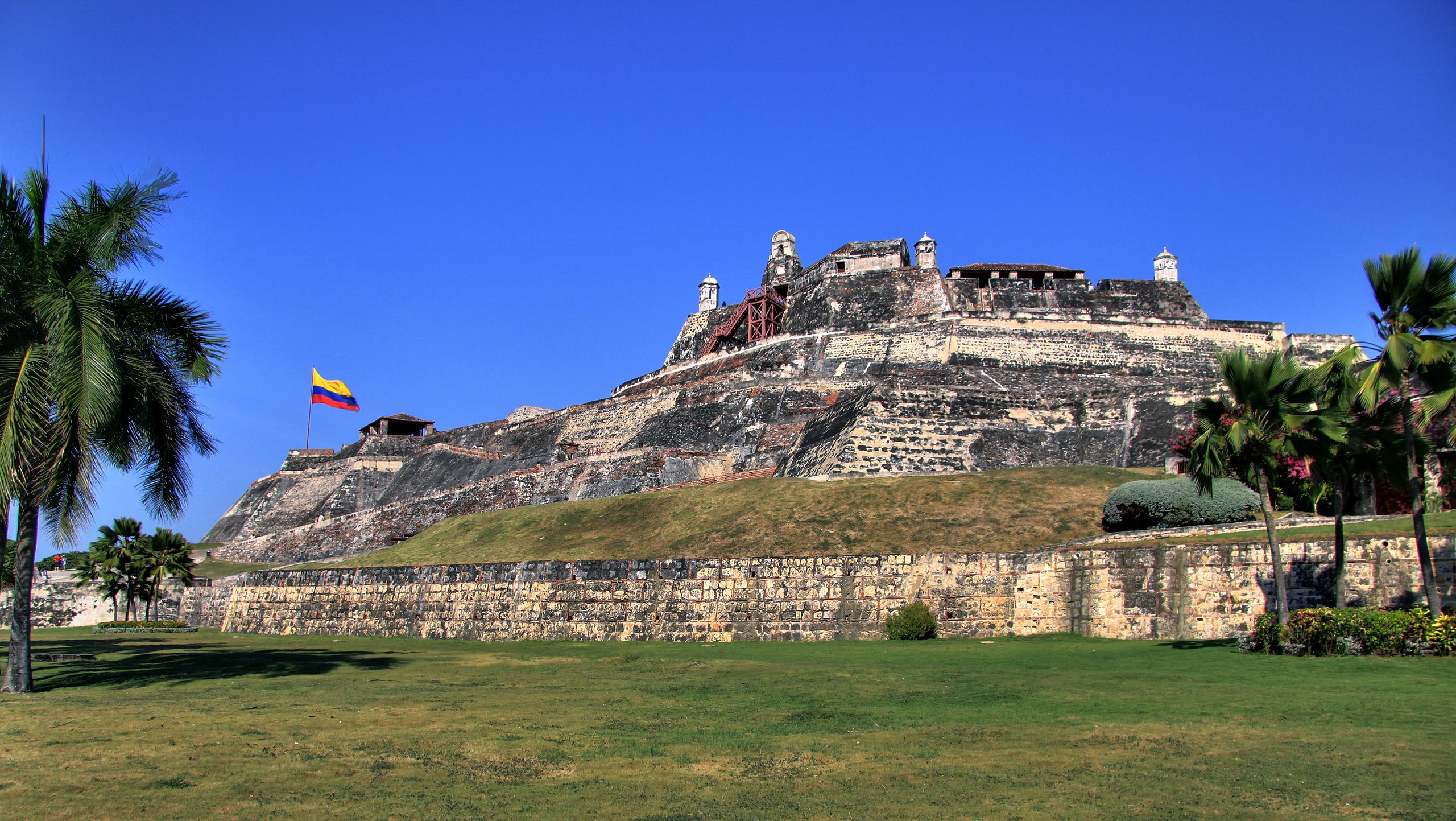


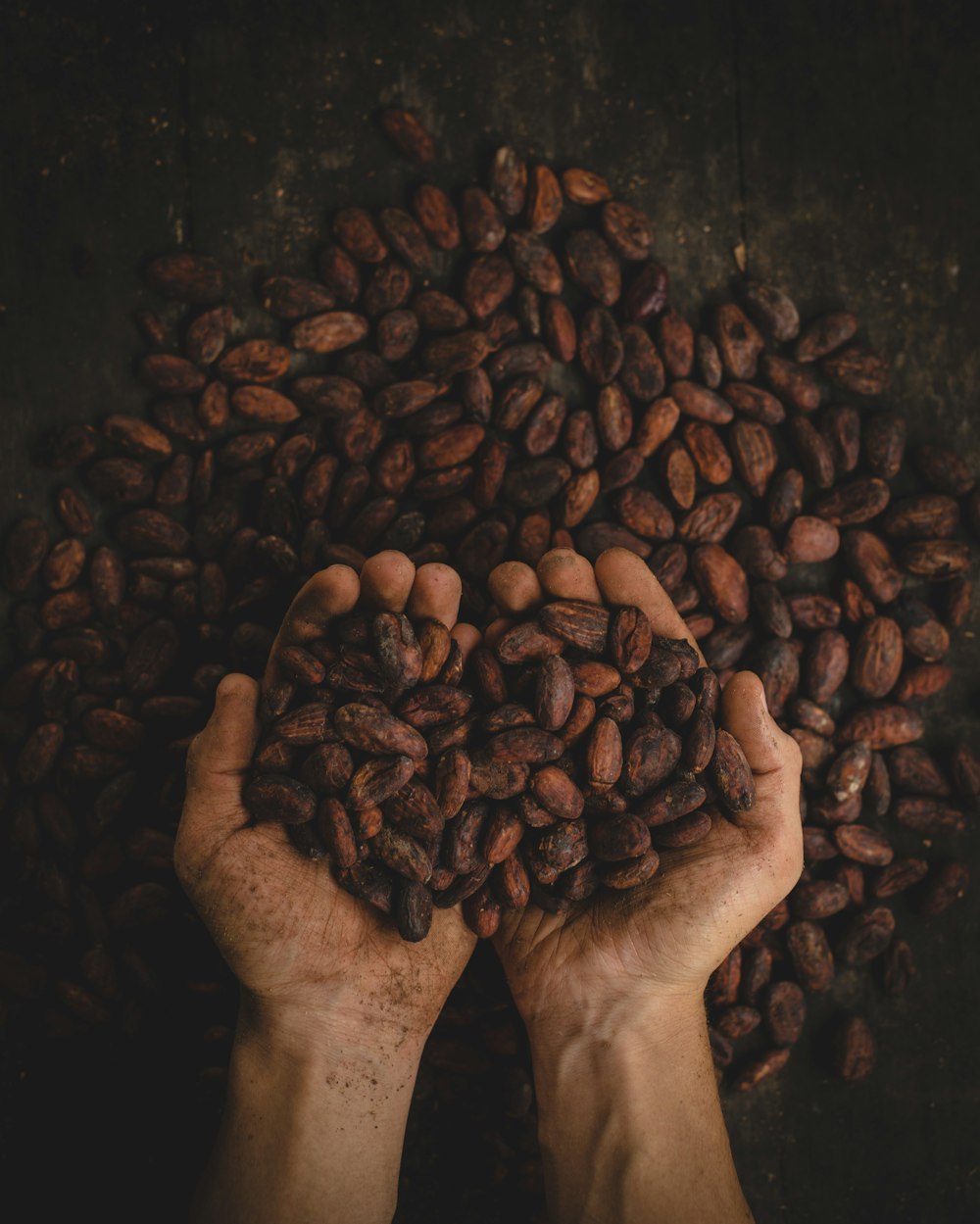
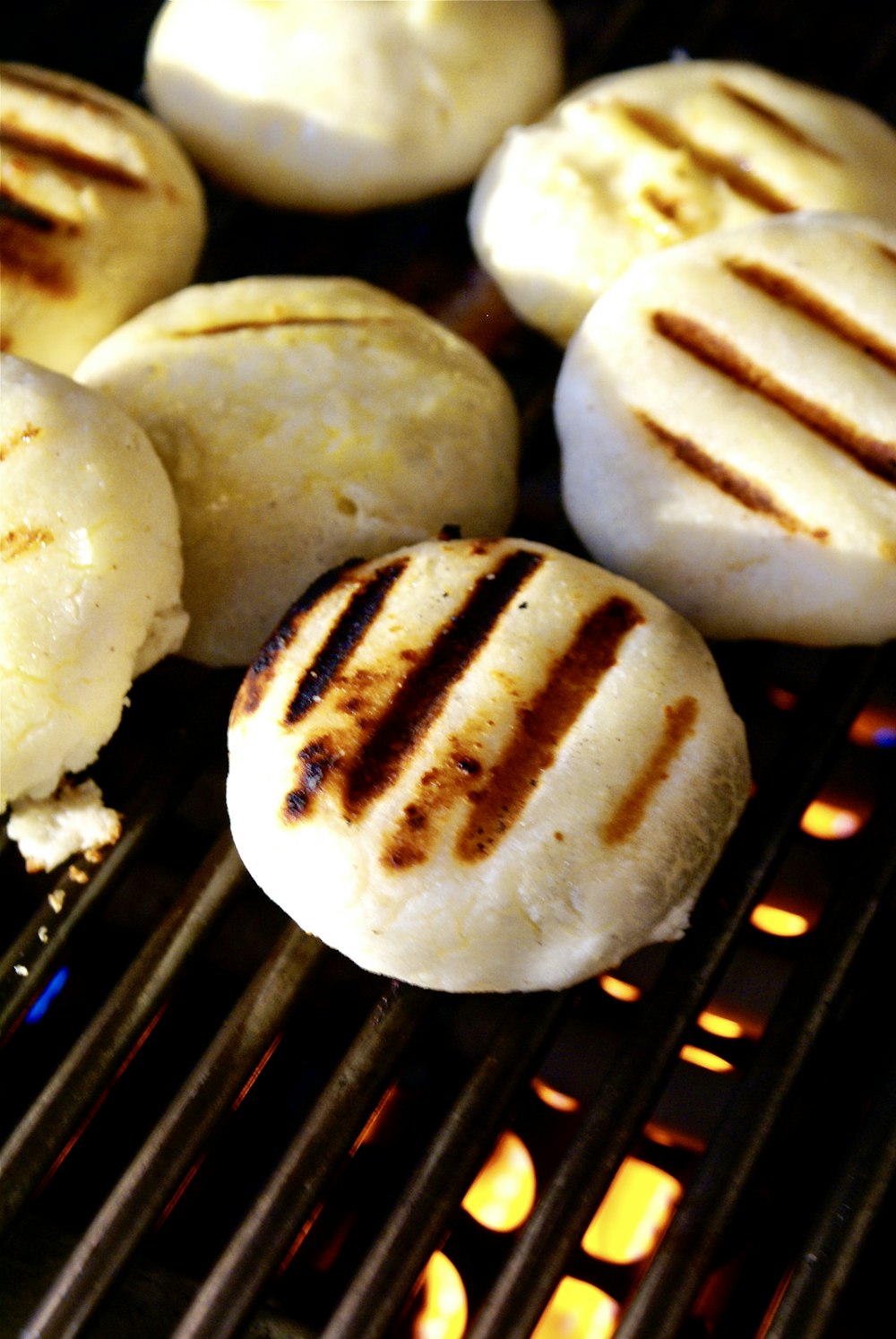
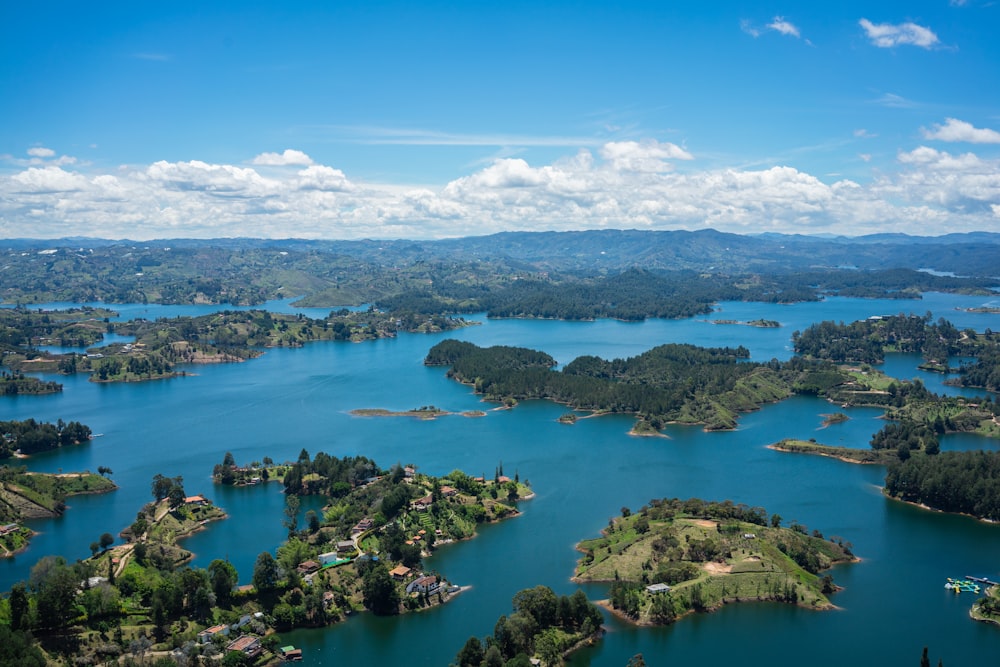
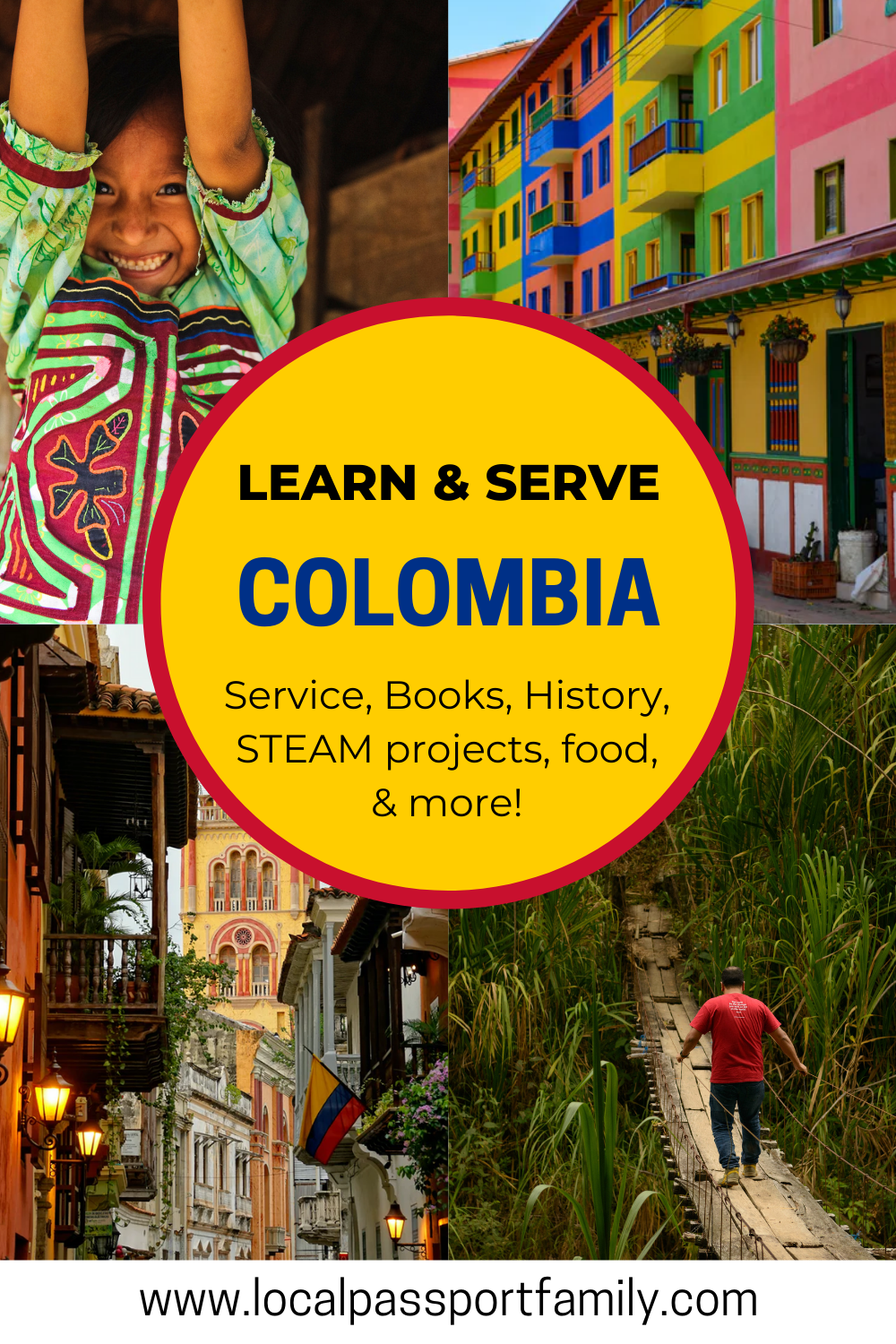
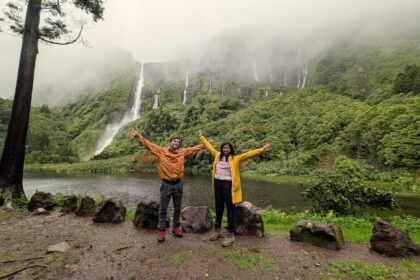
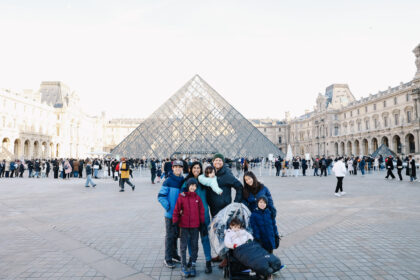
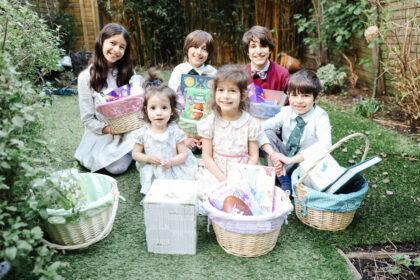
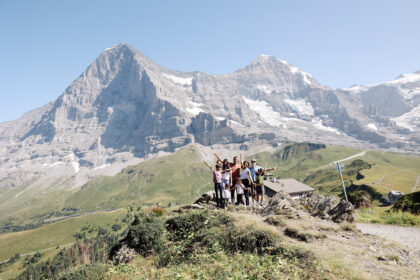
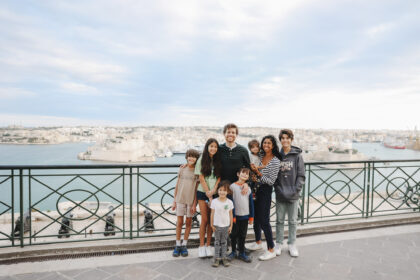
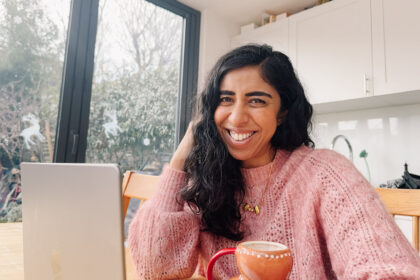
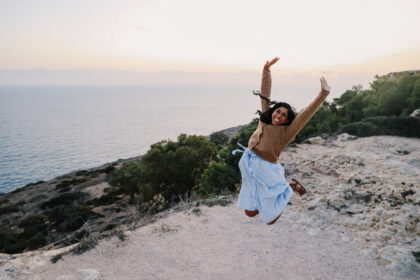
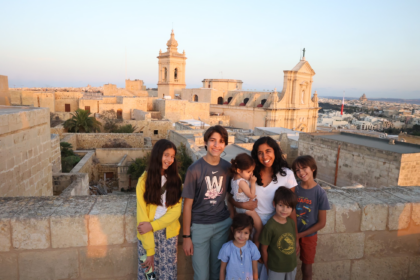

[…] Columbia virtual field trip […]